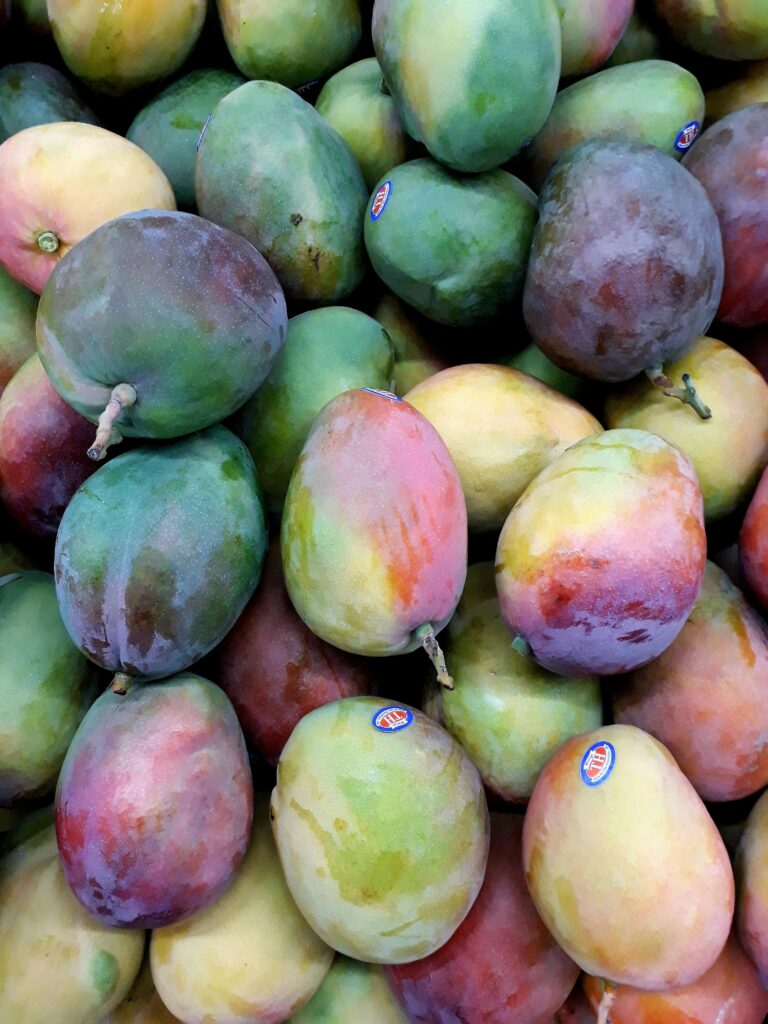

Julie, East Indian, and number 11 are different variations of mangoes in Jamaica. In honour of International Mango Day (July 22), this sweetly irresistible fruit is enjoyed worldwide and is a great source of vitamins A, C, K, and potassium.
Thriving in warm, tropical climates, it is no wonder Jamaica seems to be ridden with mango trees in every backyard or neighbourhood.
Despite its reputation as the sweetest fruit with 28.7 total grams of sugar per mango, mangoes score fifty-one to fifty-six on the glycemic index (GI) chart. This means that mangoes have little effect on blood glucose levels.
This is a healthy carb with a high supply of fibre and antioxidants. Keep in mind that moderation is key to this fruit in pre-diabetic and diabetic individuals.

Mangoes also include copper, folate, vitamin E and several B vitamins. These various nutrients found in mangoes boost immune systems and the folate in mangoes lowers the risk of babies born with birth defects and low birth weight.
Still not convinced mangos are a superfruit? Mangoes are also rich in beta-carotene, which is an antioxidant found in the skin of the fruit that gives it a vibrant yellow-orange colour when ripe.

The presence of antioxidants fights atoms that damage healthy cells and cause ageing. Luckily, mango peels are versatile and can be utilized creatively.
Mango tea can be made by boiling the skin in water and making your own makeshift teabag with ginger or other natural additives. Young green mango leaves are also prepared and cooked in some cultures in Southeast Asia.
In Jamaica, a popular way to utilise ‘turned’ (not too ripe or unripe) mangoes is to cut them up and season them with salt, pepper, and any hot sauce of your choice.






Comments